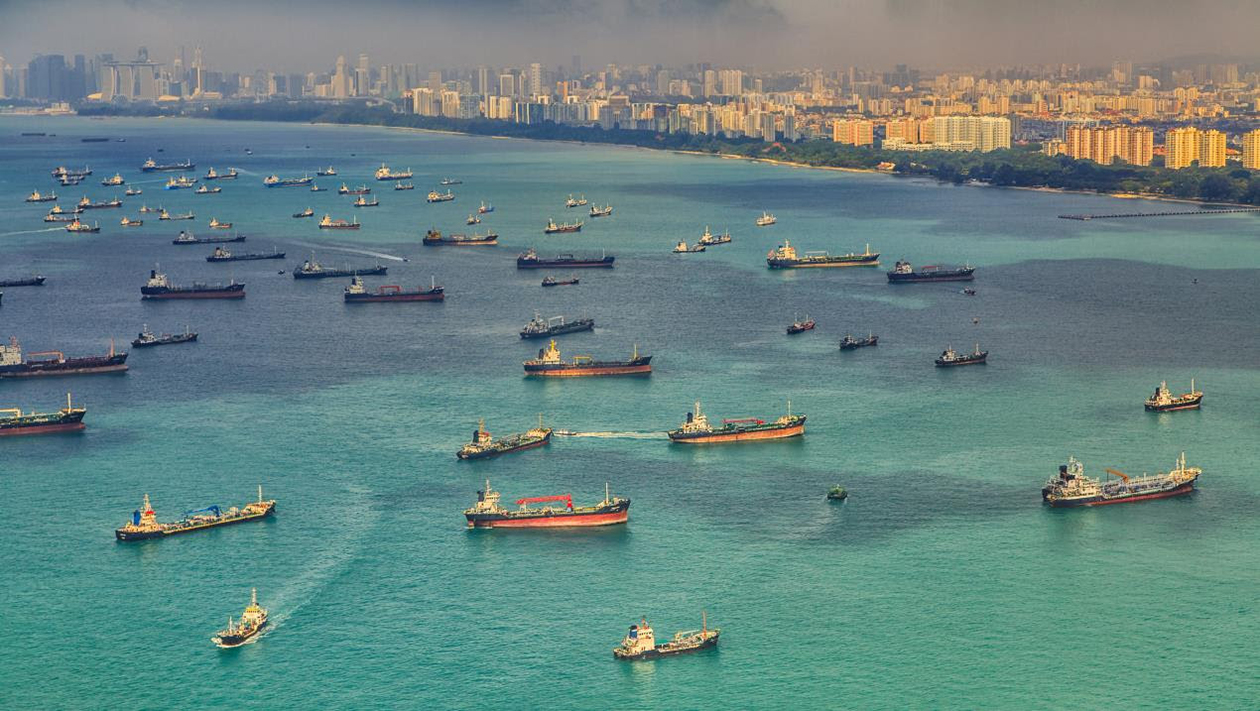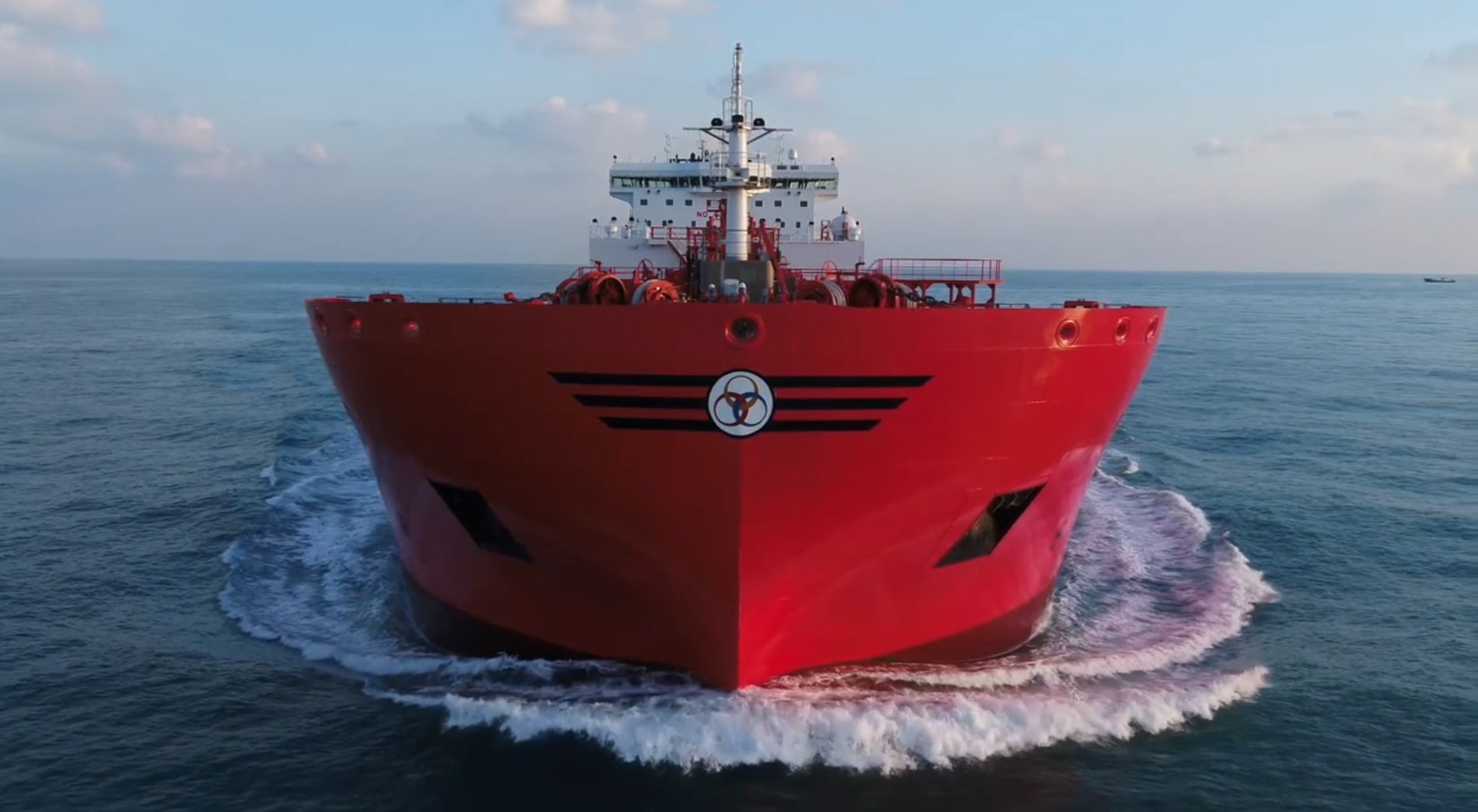Despite significant investment, OSV operators report that only between 2-10% of installed digital systems are actively used
This low utilisation reflects gaps in crew training and incomplete implementation strategies, which limit the operational value. These insights emerged from discussions at an Inmarsat-sponsored roundtable, held under the Chatham House Rule, during Riviera’s October OSJ Conference, Americas in Brazil.
Operators of mixed OSV fleets comprising vessels from different eras, equipped with varying technology, reported significant integration challenges. Legacy systems hinder integration as operators struggle with incompatible data standards, diverse vendors and strict cyber-security compliance. Gaps in vendor support further complicate adoption. Financial constraints, intensified since the 2015 downturn, have also delayed much-needed upgrades, with one participant remarking, “Technology lifecycles have shrunk from roughly 20 years to just five,” driving more frequent and costly replacements.
Data integrity challenges remain acute. Operators reported that costs for cleaning, validating and maintaining data quality have “substantially exceeded projections,” though no figures were disclosed. While AI-driven predictive maintenance holds promise, its effectiveness is hampered by fragmented and incompatible data. “If it’s not useful for the crews, then nobody is going to use it on board,” one operator stressed. This led another participant to recall early crew resistance to hybrid power systems, “They were wary of relying on battery power that runs silently. If they couldn’t hear it, they felt they could not trust it.”
A classification society representative also highlighted the growing dependence on cloud-based solutions infrastructure that is owned and controlled by someone else. “How do you protect your own integrity if that common support suddenly falls away?” he asked rhetorically. “Such dependence introduces systemic vulnerability.”
Regulatory pressure is also intensely felt, especially cyber-security requirements E26 and E27, set to take effect in January 2026. These standards require cyber-secure equipment covering vessel lifecycles, including computer-based propulsion, steering, power and navigation systems. Operators voiced concern about fleet retrofit timelines, certification bottlenecks and the capital expenditure needed for compliance.
Attracting and retaining younger technical talent remains challenging. The issue is not pay but perception. “They associate our vessels with the oil and gas industry, which doesn’t appeal to this generation,” explained one operator. Some companies tackle this by involving cadets in social media campaigns to highlight the maritime sector’s digital transformation. However, onboard generational shifts create further difficulties, “The generational change is happening on board. The new crew have less experience navigating by compass,” another participant observed.
A straw poll of the delegates highlighted that they saw the main barrier to attracting Generation Z technical talent as the perception of the industry as traditional and low-tech, with competition from other sectors close behind. Compensation was not a concern, highlighting that cultural appeal outweighs salary in recruitment. Retention challenges centred on work-life balance and rotation schedules, followed by limited visibility of career progression.
Most organisations rated their readiness to integrate Gen Z digital talent as adequate but in need of improvement, with only one confident in its preparedness and clear strategy.
Cyber-security threats are becoming increasingly advanced and widespread. A cyber-security lead revealed, “We have witnessed some highly sophisticated attacks, with attackers seemingly monitoring systems for extended periods,” describing phishing campaigns targeting internal communications. To counter this, operators conduct simulated phishing exercises accompanied by mandatory training to mitigate risks.
Ransomware and operational disruption topped cyber-security concerns, followed by supply chain weaknesses, insider threats and crew actions. Nation-state actors attracted limited concern despite geopolitical risks. Investment priorities were broadly balanced across prevention, detection, incident response, training and compliance, with no single focus dominating. The majority described their defences as adequate or improving but with gaps.
Today’s geopolitical risks add layers of operational complexity. One operator recounted how, during recent Middle East hostilities, all his vessels suddenly appeared in Iran. Calls came from class and flag state authorities reporting GPS spoofing that distorted vessel tracking. The shared view of the participants was that transit through high-risk zones demands round-the-clock hotline support and external security teams providing continuous threat monitoring.
To distinguish GPS spoofing from jamming, vessels rely on fallback navigation tools such as inertial systems, radar, celestial fixes and charts. Training crews to operate safely under degraded conditions remains a priority. Operators stressed stop-work authority policies that empower crews to halt unsafe operations, with one saying, “The duty of care to the crew comes first.” Confidence in crews’ ability to operate under degraded technology was cautiously optimistic. Most rated capability as moderately confident. Organisations relying on contracted crews admitted reduced confidence due to limited control over their training.
At the close of the session, participants agreed that systematically addressing these challenges is crucial to unlocking the full value of digital investment. Treating compliance as a paperwork exercise risks operational paralysis and escalating cyber exposure. Success, it was felt, depends less on technology procurement and more on effective implementation. Or as one of the participants neatly summarised, “At the end of the day, you need buy-in from all stakeholders”.




